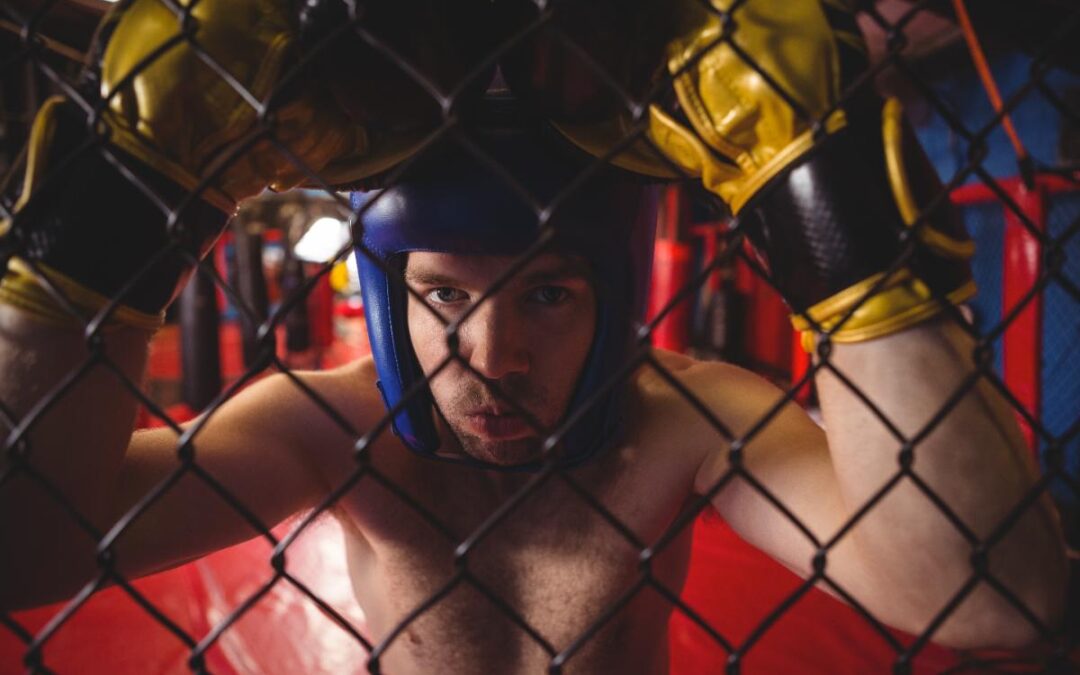MMA (Mixed Martial Arts) is much more than a combat sport. Over the years, it has evolved into a true cultural phenomenon, accompanied by a specific lifestyle, where image, physical and mental preparation and the attitude of the fighters play a key role. The recently launched La Cage series sheds light on the sport through its athletes and their daily lives. But one question persists: does this series do justice to the entire MMA universe, particularly when it comes to the lifestyle that accompanies it? In this article, we’ll explore whether La Cage offers a faithful representation of this intense lifestyle, focusing on elements such as training, diet, fashion and the psychology of the fighters.
- The MMA fighter’s lifestyle: more than a sport, a philosophy of life
Even before taking his place in the octagon, an MMA fighter must prepare to lead a life dedicated to fighting. This goes beyond simply playing a sport. The lifestyle of these athletes includes major sacrifices, strict diets, endless hours in the gym, and ironclad mental discipline. While La Cage portrays the intensity of the training fairly well, it’s legitimate to wonder whether it manages to convey the magnitude of the lifestyle involved in the sport.
Indeed, MMA fighters don’t just have physical and technical training sessions. Their daily lives are punctuated by strict dietary choices, often to maintain an optimal weight for combat. The key word here is sports diet, an integral part of these athletes’ lifestyle. In La Cage, although we see scenes of training and preparation, we don’t always perceive the sacrificial aspects of the diet, such as the personalized nutritional follow-up or the social isolation necessary to the discipline. For a full immersion in the world of MMA, a greater emphasis on these aspects would have helped us better understand the extent of the fighters’ lifestyle.
- Fashion and image: The importance of appearance in MMA
Another key aspect of the lifestyle of MMA fighters is the image they convey, both outside and inside the ring. Fashion in MMA is inseparable from the athletes’ identity: from their oversized MMA T-shirts to the latest sportswear, every item of clothing or accessory becomes a means of expression. The Cage, though focused on physical combat, sometimes overlooks this aspect of the fighter’s image. Modern athletes are judged not only on their fighting performance, but also on their charisma, style and the way they present themselves to the world.
Oversized T-shirts, for example, have become a strong trend, not only for their comfort during training, but also as a symbol of MMA culture. This type of fashion is an integral part of the fighter’s lifestyle. A link to a product such as the Oversize MMA T-shirt would illustrate this aspect of the sport’s visual culture, which La Cage could bring to the fore for greater immersion. In this way, the series would benefit from further exploration of this fashion phenomenon, which goes beyond sport to touch on the codes of a modern, assertive lifestyle.
- The mental aspect: An inner war
Unlike other combat sports, MMA requires unprecedented mental preparation. Fighters must be prepared to face not only a physical opponent, but also inner conflicts, doubts and psychological pressures. The Cage features several moments in which athletes must overcome psychological obstacles. However, the mental aspect could be explored further to show more explicitly the inner struggle that is essential to success in this sport.
MMA fighters train relentlessly not only to perfect their technique, but also to develop a winning mentality. This psychological dimension is crucial to understanding the athletes’ lifestyle, as it shapes not only the way they fight, but also the way they deal with media pressure, criticism and personal challenges. An MMA fighter must constantly work on his psychology, often with coaches specialized in mental preparation. This is an area that could be explored further in The Cage, which could use these moments to describe in greater detail a fighter’s psychology beyond his or her physical abilities.
- The role of the media and social networks: a visibility factor
Finally, it’s important to highlight the growing role of the media and social networks in the lifestyle of MMA fighters. Today, every athlete uses these platforms to reinforce their image, share their daily life and promote their career. With this in mind, La Cage could better integrate the influence of social media into the representation of fighters’ lifestyles, because fame in MMA isn’t just about winning in the octagon.
Fighters like Conor McGregor have transformed their sport into a true personal brand, exploiting social networks to create a direct link with their fans and generate revenue far beyond the fights. By further incorporating this dynamic of personal communication and promotion, La Cage would offer a more realistic and complete vision of what it means to be an MMA fighter today. This would include not only training and fighting, but also managing public image and notoriety.
In conclusion, if the La Cage series succeeds in capturing certain aspects of the intensity of MMA, it could go further by exploring the complex lifestyle that accompanies the sport. Physical training, a strict diet, the importance of image and mental preparation are all essential elements of the daily lives of MMA fighters, which would benefit from a greater focus. A stronger focus on fashion, psychology and the impact of social networks would help to better grasp the scope of this particular lifestyle. To better understand the cultural impact of MMA, it’s crucial to go beyond the fight and explore the global universe that supports it.

